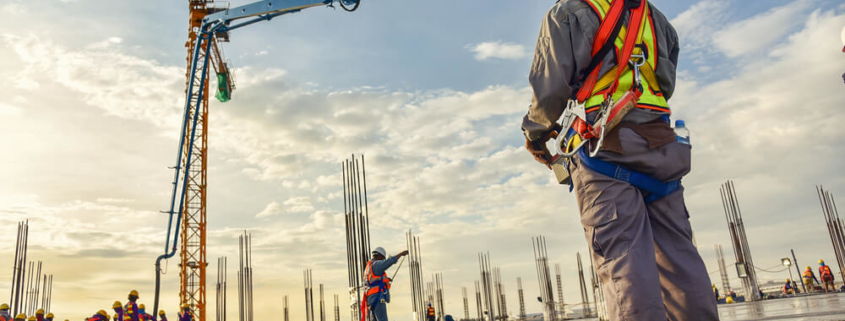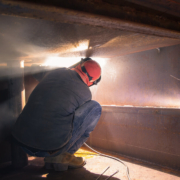Construction Site Safety
The construction industry sees a disproportionate number of worker injuries and fatalities, the majority of which are preventable. For both employers and employees alike, construction site safety is an extremely important consideration that shouldn’t be overlooked. Consider some of the following best practices and recommended guidelines for keeping construction sites, and the workers who are at them, safe and injury-free. If you have been injured on the job, please reach out to an OSHA Injury Attorney directly to learn more about your rights and how our law firm can help.
Staying Safe: Know Hazards in the Workplace
When thinking about construction site safety and how to mitigate risks, it is first important to consider the potential hazards and the most common causes of injuries to workers. As reported by the Occupational Safety and Health Administration (OSHA), the potential hazards for workers in the construction industry include:
- Repetitive motion injuries;
- Trench collapses;
- Lack of use of personal protective equipment (PPE);
- Electric shock and arc flash/arc blast;
- Falls from heights; and
- Scaffold collapse.
Most worker fatalities in the construction industry are a result of falls, electrocution injuries, caught-in/between machinery injuries, and struck-by-object accidents. Controlling for these accident types is essential.
In addition to familiarizing oneself with common hazards and injury types, it is also important to review OSHA’s most commonly cited construction violations.
Improving Construction Site Safety
Improving construction site safety requires a multi-pronged strategy and approaching safety from all angles. Recommendations for improving construction site safety include:
- Adhere to OSHA regulations. All operations within the construction industry have an obligation to comply with OSHA regulations, which can be found These regulations provide guidance for a wide range of safety and health issues, including general safety and health provisions, safety training and education, recording and reporting of injuries, and more.
- Develop a job site safety plan. All construction operations should have a job site safety plan in place that accounts for OSHA’s recommendations and guidelines. A job site safety plan for the construction industry should include information about worker training, tools and equipment, inspections, protective equipment, and more. The safety plan should be something that everyone who works on the site is intimately familiar with.
- Mitigate common hazards. As stated above, there are common hazards, such as the risk of falls, that cause a disproportionate number of worker injuries. Implementing policies and protocols to mitigate these types of accidents specifically can help to keep workers safe. For example, an article from Constructive Dive recommends improving fall protection on the job site by setting uniform requirements, communicating expectations early and often, ensuring that workers receive training on all equipment and safety gear, planning ahead, and “closing the revolving door,” which refers to limiting the number of times that workers are rotated from one site to the next, as people will gain more experience (which helps to keep them safe) by staying at the same site.
- Protect crews from external threats. External threats are those risks to construction workers that are outside of the direct job site, such as reckless third-party drivers. Employers should have a plan in place to control for external threats, especially when working on roadside construction sites and other high-risk areas. For example, equipping hardhats with especially bright lights for workers who are working at night on a roadside construction project may help to make these workers more visible to drivers.
- Consider mental health in your safety plan. Many employers only think about the risks to a worker’s physical health when designing a safety plan, but mental health should be a consideration, too. Mental and emotional health is not only more difficult to discern, but it can play a role in the safety of the affected worker themselves and others on the job. Like the rate of workplace injury, the rate of worker suicide within the construction industry is disproportionately–and tragically–high. Supporting workers’ mental health is an important consideration for construction site employers.
- Monitor and improve. Finally, remember that in improving construction site safety, the process requires a level of adaptive management – that is, continued learning while doing. When circumstances change, new tools or safety gear are introduced, workers rotate, or the task at hand shifts, the safety plan should be updated and reevaluated for relevance. Continued monitoring of workers and improvement of a safety plan can help to keep everyone safer.
OSHA Injury Attorney’s Mission
The goal of our OSHA Injury Attorneys is to make sure that workers have access to information about their rights and how to stay safe in the workplace. When workers’ rights are breached, it is important that they seek the guidance of an attorney who can provide guidance and legal support in helping workers pursue damages and recover compensation. If you have concerns about your employer’s failure to meet OSHA safety requirements, or if you have been injured on the job, please complete our contact form and we will forward your information to a qualified workplace injury attorney.




Leave a Reply
Want to join the discussion?Feel free to contribute!